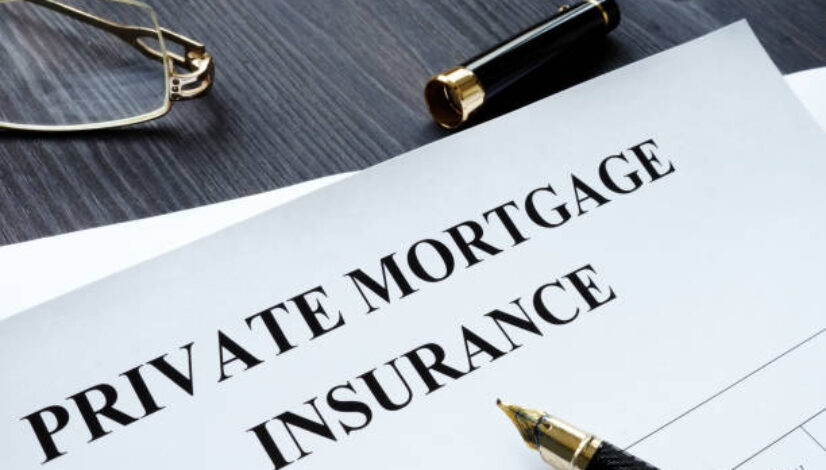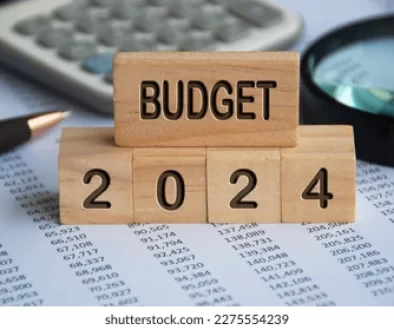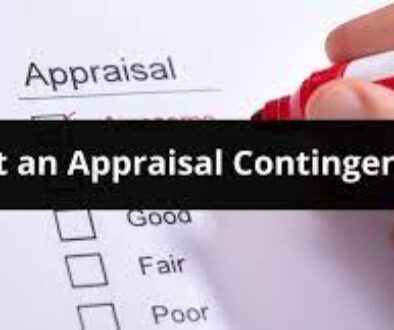How to Remove Private Mortgage Insurance from Your California Home Loan
How to Remove Private Mortgage Insurance from Your California Home Loan
How to Remove Private Mortgage Insurance from Your California Home Loan
Private Mortgage Insurance (PMI) can be an unwelcome expense for many California homeowners. While it enables buyers to purchase a home with less than 20% down, it adds a monthly cost to your mortgage payment. The good news? You don’t have to keep paying PMI forever. Here’s a step-by-step guide to removing PMI from your California home loan.
1. Understand How PMI Works
PMI is designed to protect lenders in case you default on your loan. It’s typically required for conventional loans when your down payment is less than 20% of the home’s purchase price. The cost of PMI can vary but usually ranges from 0.5% to 1% of the loan amount annually.
2. Know When You Can Cancel PMI
Federal law, under the Homeowners Protection Act (HPA), provides guidelines for canceling PMI:
- Automatic Cancellation: PMI is automatically canceled when your loan balance reaches 78% of the original purchase price or appraised value (whichever is lower).
- Borrower-Initiated Cancellation: You can request PMI removal once your loan balance reaches 80% of the original purchase price or appraised value.
3. Build Equity in Your Home
The key to removing PMI is building equity. Here are some ways to achieve that:
- Make Extra Payments: Apply additional funds toward your principal balance to pay down your loan faster.
- Home Value Appreciation: As California’s real estate market trends upward, your home’s value may increase, reducing your loan-to-value (LTV) ratio.
- Complete Home Improvements: Upgrades can boost your property’s appraised value, helping you reach the required equity threshold sooner.
4. Request a New Home Appraisal
If you believe your home’s value has significantly increased due to market conditions or renovations, consider ordering a new appraisal. This can demonstrate to your lender that your LTV ratio is now below 80%, qualifying you for PMI removal.
5. Contact Your Lender
Once you’ve built sufficient equity, reach out to your lender or loan servicer. Be prepared to:
- Submit a written request for PMI cancellation.
- Provide proof of your home’s current value, such as an appraisal or comparative market analysis.
- Show that your mortgage payments are current and your loan is in good standing.
6. Meet Your Lender’s Requirements
Lenders may have additional conditions for PMI removal, such as:
- Verification that you haven’t taken out a second mortgage or home equity loan.
- Confirmation that there are no liens against your property.
7. Explore Refinancing as an Option
If your current lender won’t cancel PMI or if refinancing offers better terms, consider refinancing your mortgage. A new loan could eliminate PMI if your LTV ratio is below 80% and potentially secure you a lower interest rate.
8. Monitor Your Progress
Keep track of your loan balance and property value over time. Regularly review your mortgage statements and stay informed about changes in California’s housing market to identify when you may be eligible to remove PMI.
Conclusion
Paying PMI doesn’t have to be a permanent expense. By building equity and staying proactive, California homeowners can eliminate PMI and save money on their monthly payments. Whether through making extra payments, leveraging rising home values, or refinancing, you have options to achieve financial freedom.
Take the first step today and contact your lender to explore how you can remove PMI from your home loan.
📞Contact us at 657-777-0024
🌐 https://thelendingmamba.com/
Email: Info@thelendingmamba.com




